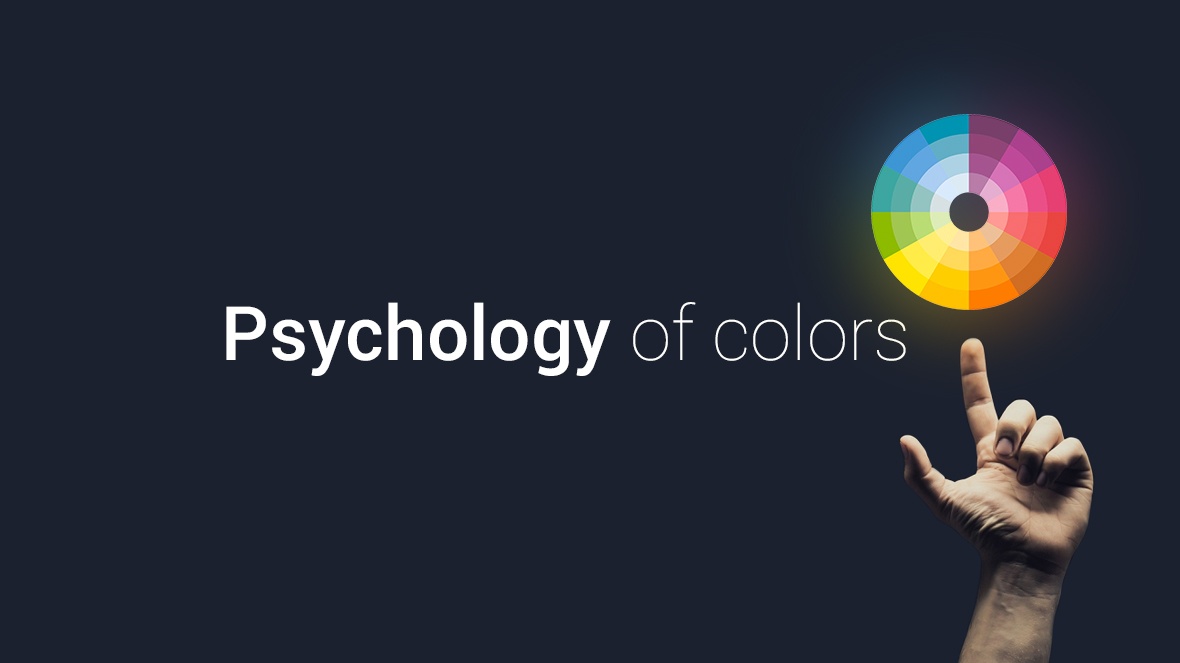Color psychology is one of the most interesting aspects of marketing. 75% of pencils sold in the USA are yellow. Comic books publishers use the yellow color in abundance. Is it a coincidence? No! The yellow color is associated with positive emotions.
Wrong Interpretation of Color Psychology
Same color may evoke absolutely opposite associations in different cultures. Many people think that color psychology is like chiromancy. Sometimes colors may have an effect different from what the marketing experts have expected.
Big corporations spend huge amounts of money on studies that sometimes last for years or even decades. They use the color psychology to effectively promote their brands. Regardless of personal preferences, certain colors have similar effects on people.
The Importance of Branding

Let’s study this infographics by The Logo Company. As you can see, brands providing similar services or products have similar color combinations. Color perception is tightly connected with personal experience. We associate certain colors with certain emotions. The research named “Color Impact on Marketing” revealed that in 90% of cases, it is the color that influences our quick decisions. Other studies demonstrated that the brand color is associated with its activity. When we see a new brand, at the back of our mind, we compare it with brands of similar colors. One magazine article advises choosing colors that will differentiate you from your competitors
It’s important that you understand how to use colors to meet your objectives. The colors should reflect your company’s activity. To find your color, make some research to find out what colors are used by similar brands. For example, someone buying Harley, wants to feel brutal, and the brand color should correspond to this. In her article "Dimensions of Brand Personality" Psychology Professor Jennifer Aaker discusses five major brand dimensions. Though brands may have a lot in common, they have nuances that make them different.
Colors have their meanings. For example, brown is associated with harshness, purple - with sophistication, red – with anxiety. From the other hand, many experts will advise you to choose the brand color according to its peculiarities and not to be lead by stereotypes. Such approach may be successful as well, though it might demand much more efforts, time and money.

Same color can be interpreted in different ways depending on the context. Green is not always associated with calmness. Sometimes with the wrong context the color can have quite the opposite effect. Green is the color often used by financial brands and stock exchanges. At the same time, green is used by ecologists as well, though ecology and finances don’t seem to be related to each other directly. This is a good example when context decides a lot. By context we mean an elaborate logo or other symbol.
Conclusion: There are no strict recommendations on how to choose a color. Everything depends on how you use it. Using the right colors with the right context will help you achieve your goals much faster.
Color Preferences by Men and Women
One of the most popular studies in this field is Joe Hallock’s “Color Assignmen”, which demonstrates obvious color preferences by men and women. The most popular color both with men and women is blue.
The environment and the cultural background are important factors influencing color preference formation. Gender preferences should also be considered. For example, blue and pink are associated with boys and girls respectively.
Favorite colors of men and women

Least favorite colors of men and women

Further studies reveal that men prefer distinct, audacious colors, whereas women give preference to softer colors and pastel shades.
Color organization
According to the von Restorff effect, also known as the "isolation effect", when multiple homogeneous stimuli are presented, the stimulus that differs from the rest is more likely to be remembered. Also, some studies of aesthetic response indicate that many people prefer patterns with strongly contrasting colors. Such pattern can be created by adding contrasting colors (or Triadic Colors) to basic analogous colors.

Why does this matter? If you get these principles right, you’ll avoid a lot of mistakes in conversion build-up. In the following example, the conversion went up to 21% after the color of the button was changed from green to red. As the page itself was mainly green, the button just merged with the background. After the color of the button was changed from green to red, it became more active, as a result the conversion went up. However, we cannot claim that this happened due to the red color alone. The context and the right presentation are equally important. This example proves the “isolation effect” theory. The button started working better because now it stood out on the background.
But the color is important as well. Let’s study another example.

#10 is most popular because of its content "Download for Free". Besides it is highly contrasting to the additional text PDFProduct v1.3
So what is the conclusion we come to? Don’t rely on the color alone. Keep in mind that the context is important as well. Wish you all the possible success!



 Русский
Русский English
English